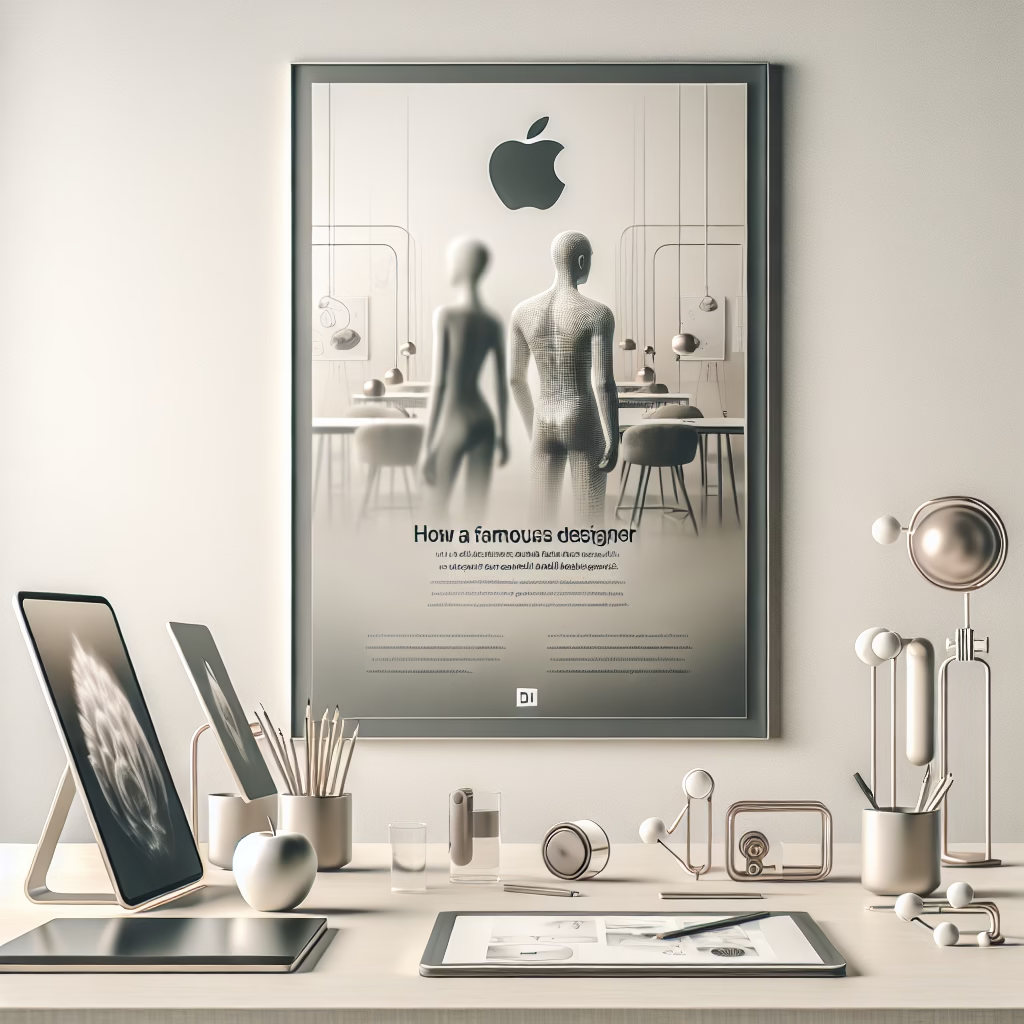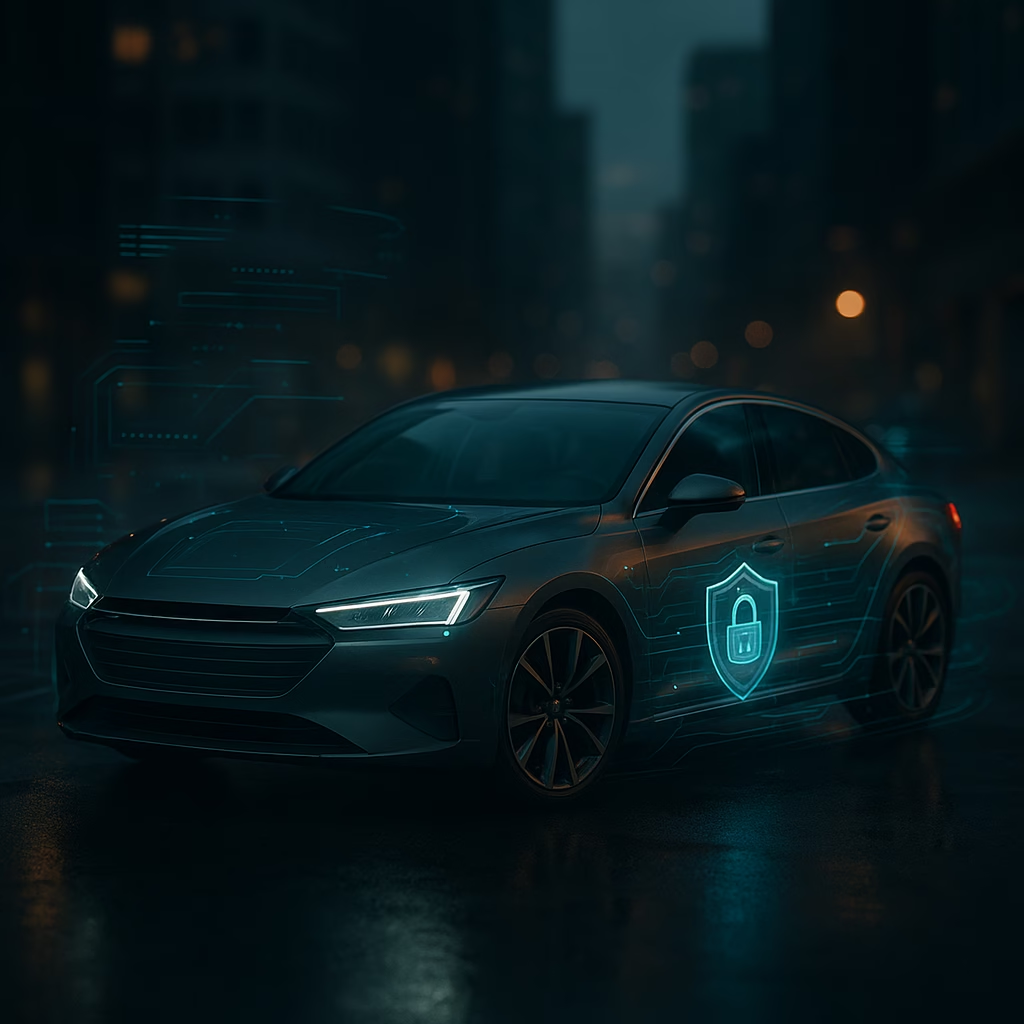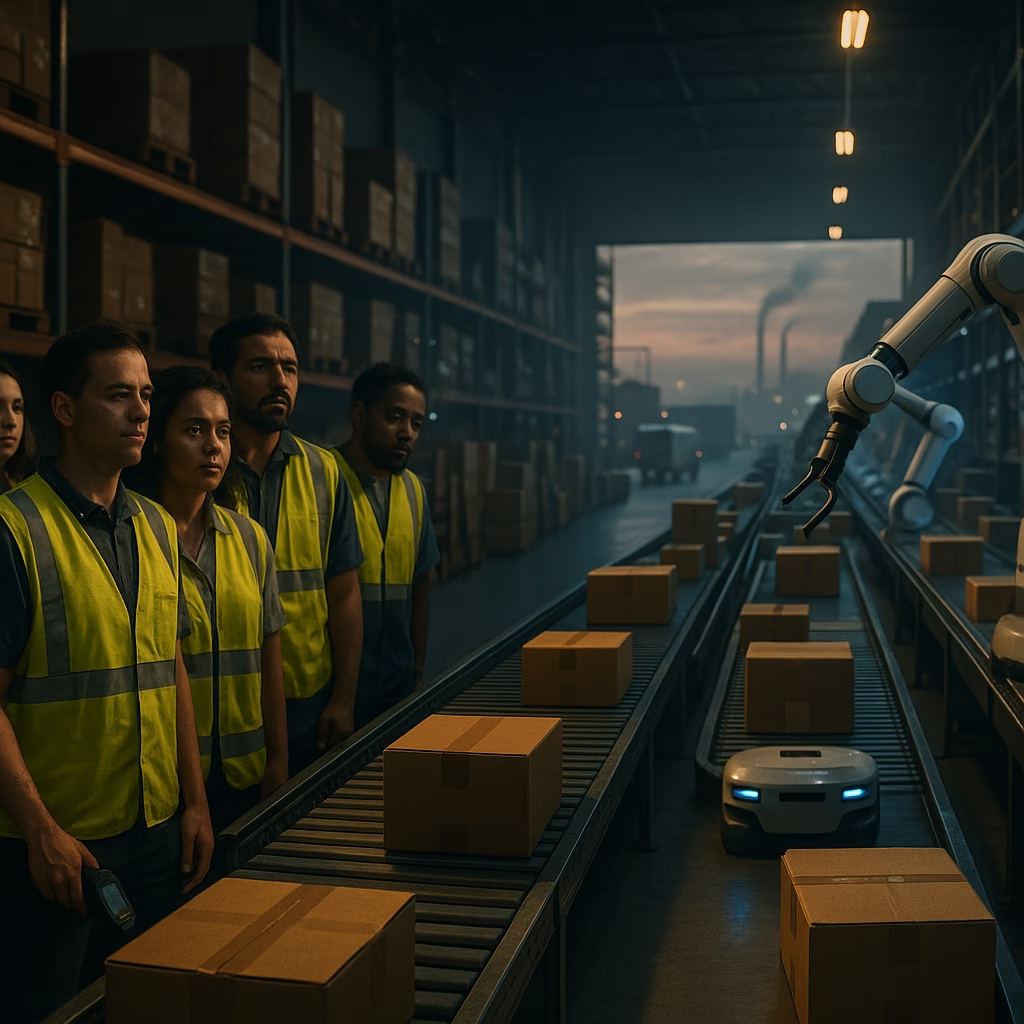How Jony Ive & OpenAI’s Partnership Could Reshape Apple: A Deep Dive into the Future of iOS Redesign
Apple has always been at the forefront of technological innovation, and with whispers of an iOS redesign in the air, the tech world is abuzz. But recent developments suggest that Apple’s transformation may be more profound than ever before. At the center of these speculations is the partnership between design visionary Jony Ive and AI trailblazer OpenAI. Their collaboration hints at a seismic shift not only in how we interact with technology but also in the philosophy guiding user experience at Apple.
The Significance of Jony Ive & OpenAI’s Collaboration
Jony Ive, Apple’s former Chief Design Officer, is renowned for crafting the aesthetic DNA of the iPhone, iMac, and Apple Watch. His post-Apple journey with his design firm LoveFrom has kept him in the limelight, but now his rumored partnership with OpenAI’s Sam Altman has reignited questions about the future of Apple’s software.
OpenAI, developers of ChatGPT and other industry-defining AI tools, have shown a strong interest in hardware. Reports indicate that Ive and Altman are working on a new kind of device that seamlessly integrates artificial intelligence into users’ daily lives — pushing beyond the boundaries of traditional smartphones and computers. While Apple isn’t officially a part of this venture, it has major implications for its most popular products and platforms, especially as Apple gears up for a big redesign of iOS.
Possible Outcomes of the Ive-OpenAI Device
- AI-Centric Interaction: Unlike traditional devices, the Ive-OpenAI product aims to prioritize voice-based or natural language interactions, minimizing physical interface design.
- Minimalist Aesthetic: In line with Ive’s ethos, expect sleek, simple form factors with no unnecessary elements — a refreshing contrast to feature-bloated designs seen elsewhere.
- Unprecedented Integration of AI: From predictive computing to emotional intelligence, the device could redefine how we perceive ‘smart’ technology.
Apple’s Redesign of iOS: Inspired or Threatened?
As Apple prepares for one of its biggest iOS updates in recent years, the influence of the Ive-OpenAI partnership cannot be underestimated. Analysts predict that the 2025 iteration of iOS will lean heavily into AI-driven features and a refined user interface — a move some believe is directly inspired by competitors (and former insiders) challenging the status quo.
What We Know About the 2025 iOS Redesign
While official details are still under wraps, leaks and reports point to a massive shift in both functionality and design language in the next-gen iOS:
- Custom AI Assistants: Apple may integrate more advanced AI across iOS using its own iterations of on-device machine learning, enhancing Siri’s capabilities and predictive features.
- Modular Home Screens: The redesign will likely include customizable widgets and a more fluid experience with less rigidity in app placement.
- Dynamic User Interfaces: Expect UI elements that adapt based on behavior, context, and location — aligning with emerging AI hardware concepts.
Jony Ive’s Design Philosophy: Echoes Within Apple
Even though Jony Ive formally left Apple in 2019, the latest reports show his design influence continues to shape the company’s vision. The minimalist, human-centered philosophy he championed is as relevant as ever, especially as Apple considers how best to integrate AI in a user-friendly way.
Former colleagues at Apple are reportedly keeping tabs on his developments with OpenAI, as the competition subtly pressures Apple to leap forward in ways that align with its design roots. At a time when smartphone innovation has plateaued, a shift toward more intentional and intelligent design could be Apple’s next major breakthrough.
The “Post-Smartphone” Era
The Ive-OpenAI device is speculated to be part of a broader trend aiming to create a “post-smartphone” ecosystem. This includes devices that:
- Prioritize ambient computing — technology operating in the background to support the user, not dominate their attention.
- Rely on AI anticipation rather than user requests, making proactive suggestions and automating tasks before prompted.
- Utilize wearable or spatial technologies to reduce the need for traditional screens entirely.
For Apple, which has invested heavily in AR, such as its Vision Pro headset, adapting iOS to fit these futuristic use cases is not just strategic — it’s essential for staying relevant.
What This Means for Apple’s Future Strategy
Jony Ive’s new venture may never intersect with Apple directly, but the market’s reaction to his projects will help shape consumer expectations. If the Ive-OpenAI product captures public imagination, Apple will likely react by accelerating its own transition toward smarter, more intuitive devices.
Implications for Apple’s Product Ecosystem:
- Increased Focus on AI Integration: From iPhones to AirPods to Macs, expect smarter, contextually aware functionality across devices.
- Refined Industrial Design: Apple may push harder toward new form factors and minimal UI designs in its product offerings.
- More Aggressive Software Updates: The next iOS update could become a milestone overhaul, not just an iteration.
Final Thoughts: A Design Renaissance in the Making?
As Apple enters a transformative stage in its software and hardware strategies, the undercurrent of Jony Ive’s influence remains undeniable. His partnership with OpenAI could symbolize more than an experimental product line — it could be the spark that reignites a focus on design-driven innovation across the tech industry.
Apple’s anticipated iOS redesign may draw inspiration indirectly from these developments, or it may become its own evolution entirely. But one thing is certain: as AI becomes a core part of the user interface, Apple will have to balance privacy, functionality, and elegance — a trifecta that Ive long championed during his tenure.
In a world where screens and wires slowly fade into the background, who better to lead the next revolution than the original minimalist? Whether through influence or competition, Jony Ive may be building the blueprint for Apple’s next era — one that’s intuitive, ambient, and deeply human.
Stay Tuned
The upcoming WWDC and subsequent iOS announcements will reveal just how far Apple plans to go. With Ive and OpenAI setting a bold example, Apple has both the incentive and the pedigree to once again redefine consumer technology.
Keep following our blog for more deep-dives, Apple updates, and the latest in AI-powered design innovation.
< lang="en">







Leave a Reply